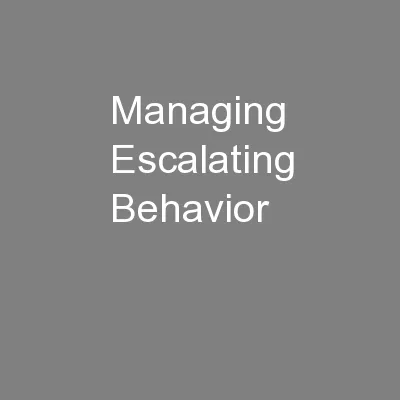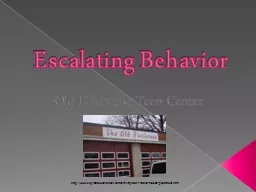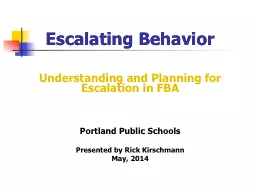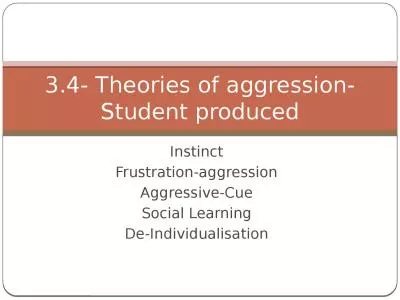PPT-De-escalating Anger and Frustration
Author : lindy-dunigan | Published Date : 2016-06-30
Mark Toombs University of Central Florida Division of Continuing Education Opening Thoughts I understand a fury in your words but not the words William Shakespeare
Presentation Embed Code
Download Presentation
Download Presentation The PPT/PDF document "De-escalating Anger and Frustration" is the property of its rightful owner. Permission is granted to download and print the materials on this website for personal, non-commercial use only, and to display it on your personal computer provided you do not modify the materials and that you retain all copyright notices contained in the materials. By downloading content from our website, you accept the terms of this agreement.
De-escalating Anger and Frustration: Transcript
Download Rules Of Document
"De-escalating Anger and Frustration"The content belongs to its owner. You may download and print it for personal use, without modification, and keep all copyright notices. By downloading, you agree to these terms.
Related Documents














